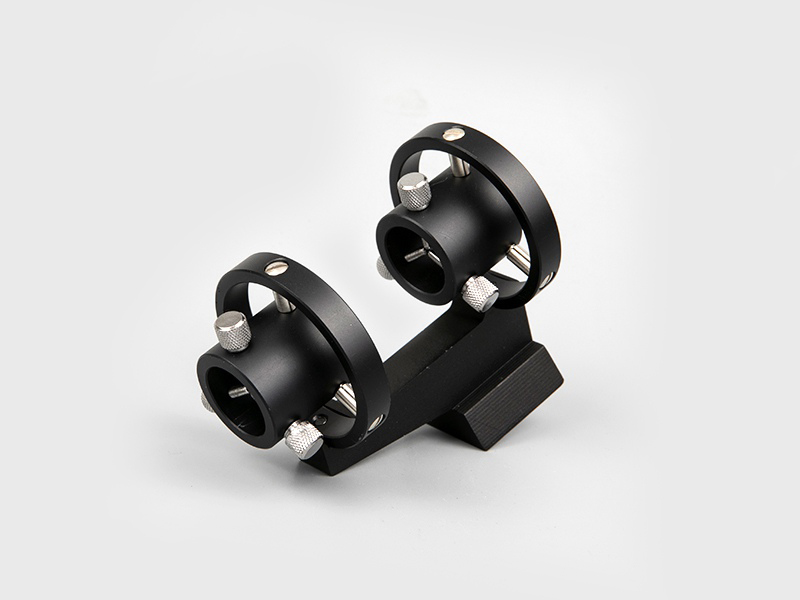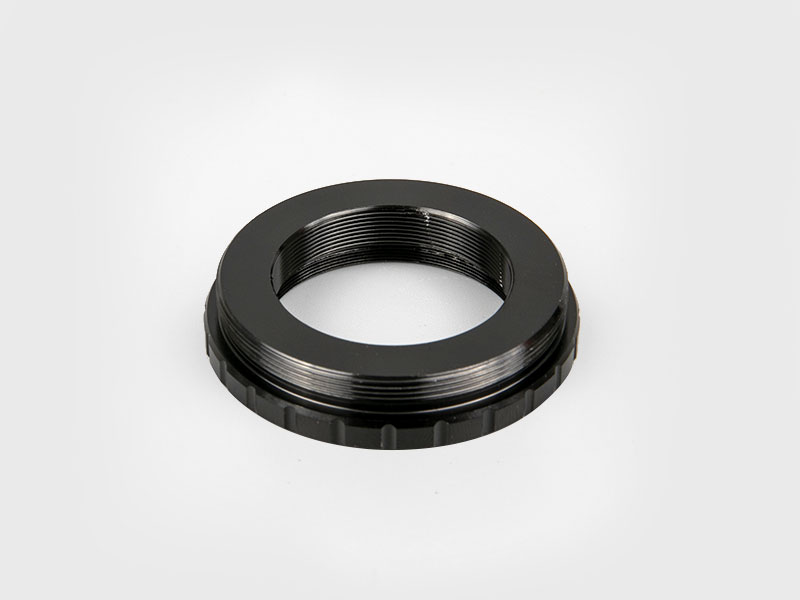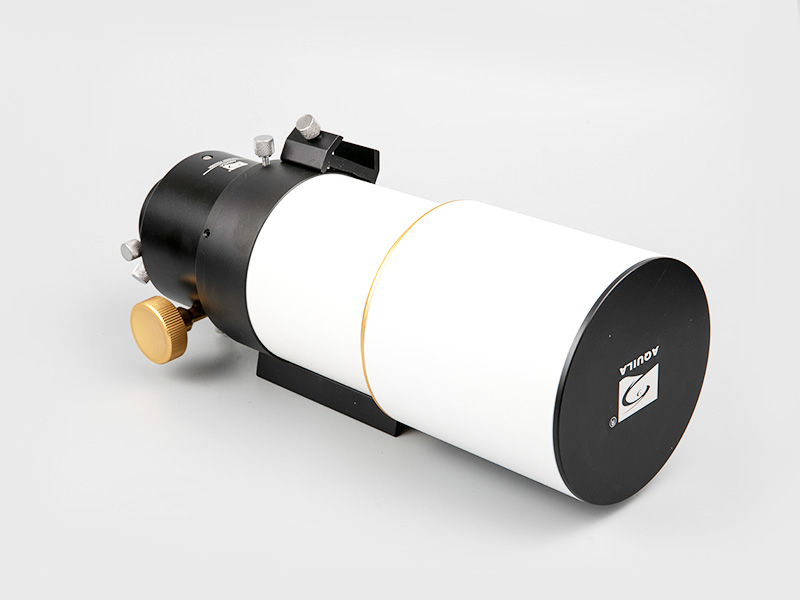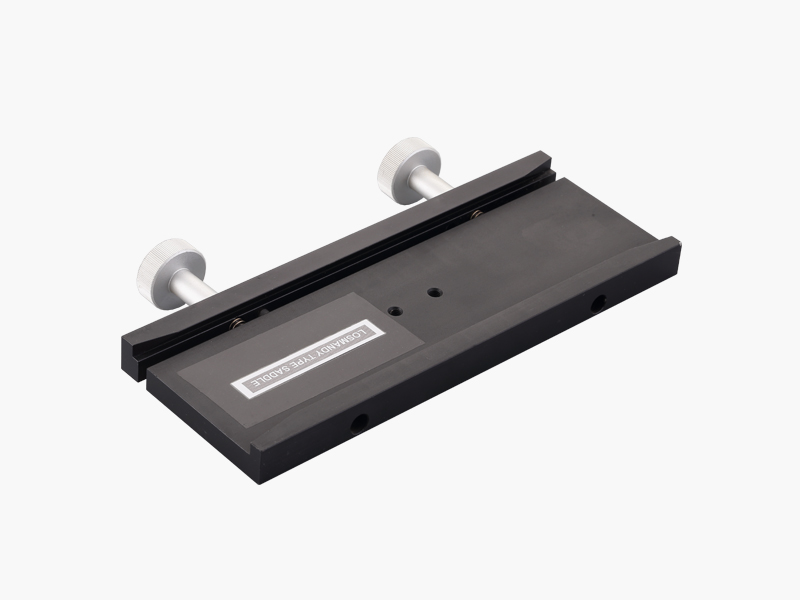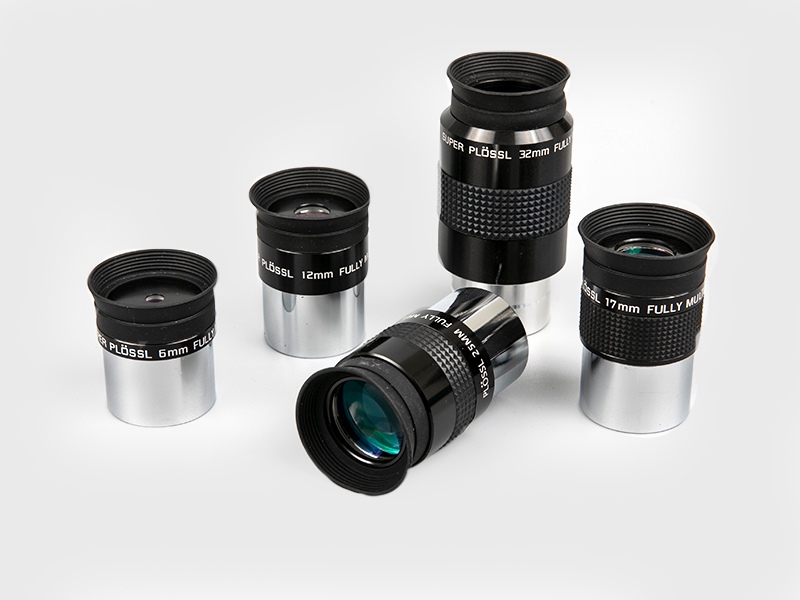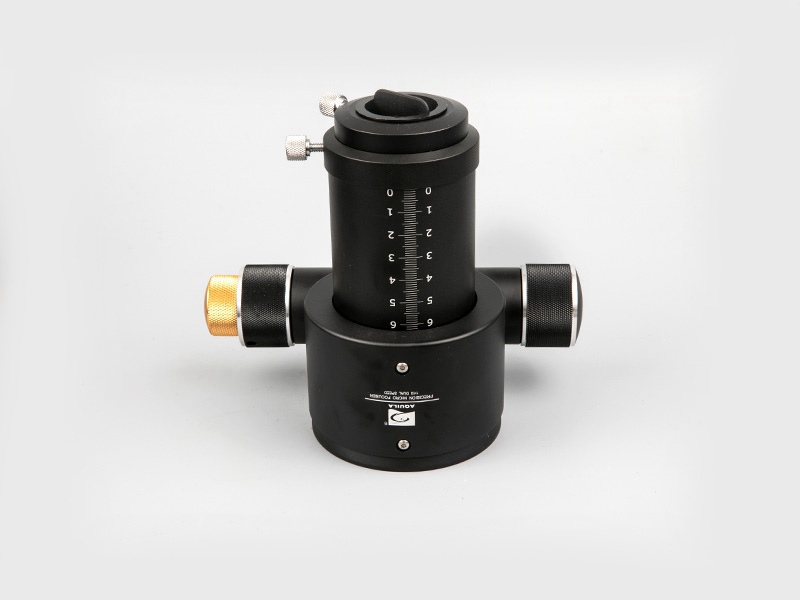For beginners, ordinary small-diameter (less than 10 cm) refractors are the best choice. Their prices are quite cheap (compared to catadioptric mirrors and APO refractors), and they are simple to operate and maintain. It is recommended that if economic conditions permit, Try to buy a regular astronomical telescope. "Regular" refers to the excellent optical quality, standard eyepiece interface (the most commonly used one is 1.25-inch interface), reasonable combination of magnification, and a finder that can really work, and is stable. The bracket, sensitive and reliable micro-movement and focusing mechanism, etc. The quality of low-end refractors (mostly 50-60mm in diameter) flooding the market is uneven, and most of them have defects in design and manufacturing. It is best to ask a telescope expert to help when purchasing.
There are two main types of reflectors: Newtonian and Cassegrain. Cassegrain is less common in the hands of hobbyists and is more expensive. Because the eyepiece is located at the front end of the lens barrel, the operation of the Newtonian mirror is not easy, and the maintenance is relatively complicated. For example, it is difficult to calibrate the optical axis and coating. However, its biggest advantage is that it is cheap and the easiest type of telescope. Amateur astronomy has always been very popular, and there are no shortage of masters in polishing lenses and assembling Newton mirrors in China. There are many books and articles introducing homemade Newton mirrors at home and abroad. Those who are interested may wish to give it a try. The mainstream of Newton mirrors currently on the market is large-aperture and small focal ratio. This type of telescope has strong optical power and large field of view, which is very suitable for the visual observation of deep sky celestial bodies. In addition, the current design level of eyepieces is better than two or three. Ten years ago, there has been a substantial improvement. Ultra-wide-angle eyepieces with a field of view of more than 80 degrees are used for mirrors with a relative aperture greater than F/4 to still have satisfactory image quality in the full field of view.
The catadioptric telescope is currently the most popular telescope in amateur astronomy abroad. The 120 telescope produced by the Nanjing Tianyi Center (formerly Nanjing Astronomical Instrument Factory) in China was once the champion of popular science telescopes. The biggest feature of this type of telescope is that the lens barrel is very short and has good portability, so it is welcomed by everyone. The large demand has led to mass production and reduced costs. The low price has further stimulated consumption, such a virtuous circle Naturally, the beneficiaries are our fans. In the US market, the 200mm F/10 Schmidt-Cassegrain telescope with automatic tracking fork equatorial mount is sold for less than US$1,000, which can be said to be excellent value for money. The obvious individual differences in the quality of catadioptric telescopes may be mainly caused by the complexity of their assembly and adjustment. A manufacturer with strict quality management should not allow unqualified products to leave the factory, but if you want to buy the best, you should also select it yourself. It is best to check the image quality by looking at the stars.
If you are a perfectionist, and economic conditions will not create obstacles to your pursuit of perfection, you should seriously consider fluorite or ED (ultra-low dispersion) APO (apochromatic) refractors. Due to the different design ideas and standards of different manufacturers, not all refractors called APO are the best, but the best telescopes must come from these refractors. The "best" here does not only refer to the optical quality. Because the chromatic aberration is effectively controlled, their relative aperture can be made larger, so they are more portable; manufacturers are usually willing to equip expensive objectives with a well-designed And processed lens barrels, so their appearance is also very beautiful. The price of the above advantages is the high price. A 100mm APO refractor tube often exceeds the price of a 200mm Schmidt-Cassegrain telescope plus an equatorial mount.
Let’s talk about landscape/astronomy dual-use telescopes, including binoculars and a kind of monoculars (Spotting Scope) that form a positive image through a prism. I believe that many friends have used binoculars when traveling or watching a ball game. Compared with astronomical telescopes, they have the advantages of large field of view, bright imaging, comfortable viewing, and convenient carrying. Therefore, they have become essential equipment for astronomy enthusiasts who love observation. At present, there are many types and types of binoculars available on the market, which can be roughly divided into two categories according to their astronomical use; one is used for carrying around for star searching and large field of view observations. The size is usually small, the most The commonly used models are 7X50 and 10X50. The 7X50 binoculars have an exit pupil diameter of 7.1mm, which is roughly equivalent to the pupil diameter when the eyes of young people are fully adapted to the dark, but as the age increases, the maximum diameter of the human eye pupil Will gradually become smaller, when the age is over 30 years old, it is more appropriate to choose 10X50. The other type is the larger-caliber comet-seeking binoculars, mostly 80-150mm in diameter. In addition to the comet-seeking binoculars, they are also powerful weapons for observing deep sky objects. In order to carry out astronomical observations smoothly, it is best to fix the binoculars on the tripod. Generally, manufacturers provide optional tripod coupling devices. The price is one or two hundred yuan. It is convenient to connect the binoculars and the tripod. Together.
Spotting Scope is very popular abroad, and its owners are mostly nature and bird lovers known as Birder. The diameter of Spotting Scope is mostly 50-80mm, and it forms a positive image through a built-in prism (group). Generally, the magnification can be changed by changing different eyepieces, but like 35mm single-lens reflex cameras, different manufacturers have different eyepiece mounts. Almost all Spotting Scopes can be easily connected to the camera tripod. Most manufacturers have also designed a camera interface for the Spotting Scope with replaceable eyepieces, which can be used as a telescope lens. In order to adapt to the different purposes and habits of everyone, Spotting Scope has two lens bodies, direct-view eyepieces and 45-degree oblique-view eyepieces, and two objective lenses, ordinary achromatic and apochromatic. Compared with astronomical telescopes, Spotting Scope has a completely upright image, compact structure, good sealing and dustproof performance, suitable for use in the field and harsh environments, but due to the complex optical structure, the imaging quality is slightly inferior to the same grade astronomy Telescopes are especially not suitable for high magnification observations (the highest magnification of the eyepieces provided by the manufacturer generally does not exceed 60 times).

 English
English 日本語
日本語 Deutsche
Deutsche España
España
